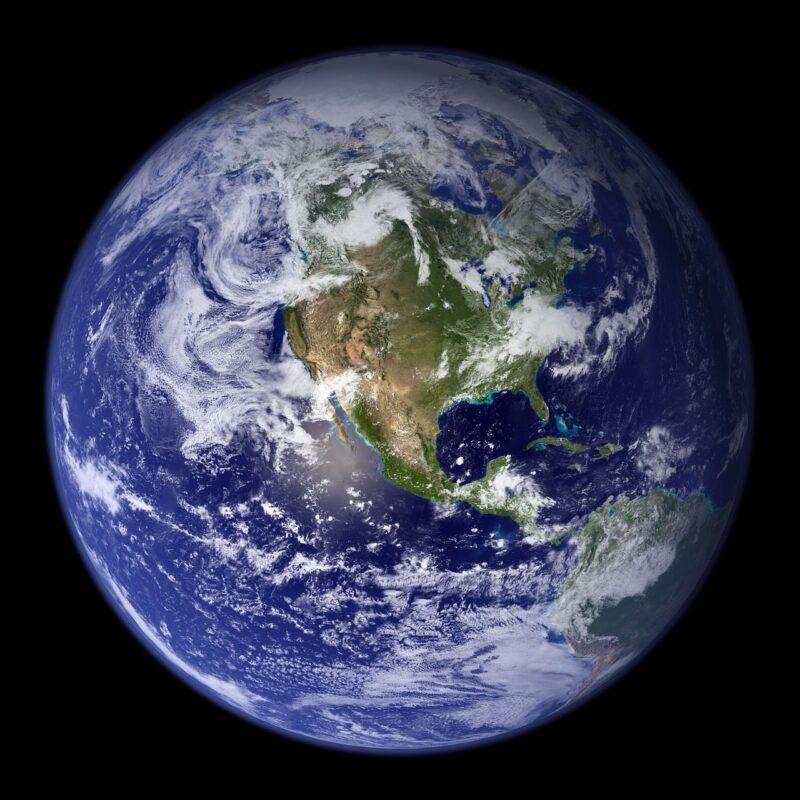The Role of the Sun in the Earth’s Seasons and Why It Changes Over Time
November 12, 2024

The dynamic interplay between the Earth and the Sun is a fascinating subject that reveals much about our planet’s changing climates and seasons. As the Earth orbits the Sun, its axial tilt and elliptical path result in a variety of seasonal changes that affect weather patterns, day length, and the overall environment. Understanding this relationship not only helps us appreciate the beauty of seasonal changes but also underscores the importance of the Sun in sustaining life on Earth.
1. How Seasons Are Determined
Seasons are primarily determined by the tilt of the Earth’s axis as it orbits the Sun. The Earth’s axis is tilted at an angle of approximately 23.5 degrees relative to its orbit. This inclination means that different parts of the Earth receive varying amounts of sunlight throughout the year, resulting in distinct seasonal changes.
For example:
- Summer: When the Northern Hemisphere is tilted towards the Sun, it experiences longer days and more intense sunlight, resulting in warmer temperatures. This is typically around June 21, known as the summer solstice.
- Winter: Conversely, during winter around December 21, the Northern Hemisphere is tilted away from the Sun, leading to shorter days, less direct sunlight, and colder temperatures.
- Spring and Autumn: The equinoxes—around March 21 and September 23—mark the transition into spring and autumn. During these times, the tilt of the Earth is such that both hemispheres receive approximately equal sunlight, resulting in moderate temperatures and the blooming of flora in spring and shedding of leaves in autumn.
Understanding these basic mechanisms is crucial for grasping why seasons change as they do.
2. The Sun’s Influence on Climate Over Time
The relationship between the Earth and the Sun extends beyond mere seasonal changes; it also influences long-term climate patterns. Over geological timescales, several factors contribute to changes in how the Earth receives solar energy:
- Milankovitch Cycles: These cycles refer to the variations in the Earth’s orbit and axial tilt, which occur over thousands of years. They include changes in the tilt of the Earth, the shape of its orbit, and the precession of its axis. These cycles have been linked to the timing of glacial and interglacial periods and influence climate changes significantly.
- Solar Variability: The Sun itself undergoes natural cycles of activity, including sunspots and solar flares, which can impact the amount of solar energy reaching the Earth. Though these recent variations are relatively small, they can still influence short-term weather patterns and climate trends.
- Human Activity: Since the Industrial Revolution, human activities have released large amounts of greenhouse gases, leading to global warming and changes in seasonal weather patterns. This anthropogenic effect is an important modern factor in understanding climate change, working concurrently with natural solar influences.
By exploring both natural cycles and human contributions, we gain a more comprehensive understanding of how sunlight has shaped Earth’s climate over time.
3. The Connection Between Solar Energy and Ecosystems
Solar energy is the primary driver of life on Earth. Through the process of photosynthesis, plants convert sunlight into chemical energy, forming the foundation of the food chain. This connection between the Sun and ecosystems is evident in several ways:
- Plant Growth: Seasonal changes in sunlight and temperature trigger different growth patterns in plants. For example, flowering plants bloom in spring, while many trees drop their leaves in winter, adapting to changing light availability.
- Animal Behavior: Many animals rely on seasonal cues governed by sunlight for their reproductive cycles, migration patterns, and hibernation. For instance, the changing lengths of day and night signal birds to migrate south for warmer climates during the winter months.
- Ecosystem Dynamics: The variation in sunlight not only affects individual species but also alters whole ecosystems. Seasonal changes lead to shifts in habitats, food availability, and predator-prey dynamics, creating a dynamic balance that is critical for sustainability in nature.
The vital role of solar energy in driving these natural processes illustrates the interconnectedness of life on Earth and the importance of understanding our planetary systems.
4. The Future: Impacts of Climate Change on Seasons
As climate change continues to affect global temperatures, the impacts on seasonal variations are becoming more pronounced. Some observed changes due to global warming include:
- Earlier Springs: Many species are experiencing earlier blooming periods, leading to mismatches in timing between plants and the pollinators that depend on them, disrupting ecological relationships.
- Longer Summers and Milder Winters: Many regions are witnessing longer summer seasons and milder winter temperatures, which can lead to altered agricultural cycles, water shortages, and more pests and diseases affecting crops and wildlife.
- Extreme Weather Patterns: Increased atmospheric energy, due to a warmer atmosphere, is leading to more intense storms, droughts, and severe precipitation events, impacting ecosystems and human populations alike.
Understanding these shifts is crucial for developing effective strategies to mitigate the impacts of climate change and adapt to our new climate reality.
5. Conclusion: Embracing the Sun’s Vital Role
In conclusion, the Sun plays a central role in determining the seasons and influencing the Earth’s climate over time. By comprehending the delicate interactions between our planet and its star, we can foster a deeper appreciation for the world around us. It also reminds us of the urgent need to address climate change and its consequences.
While we enjoy the beauty of each season, let us also recognize the impact of our actions on this intricate system. As stewards of the Earth, it is our responsibility to ensure that future generations can continue to experience the rich diversity of life that our changing seasons bring.
With continued research and awareness, we can better understand this relationship and work towards a sustainable future.







